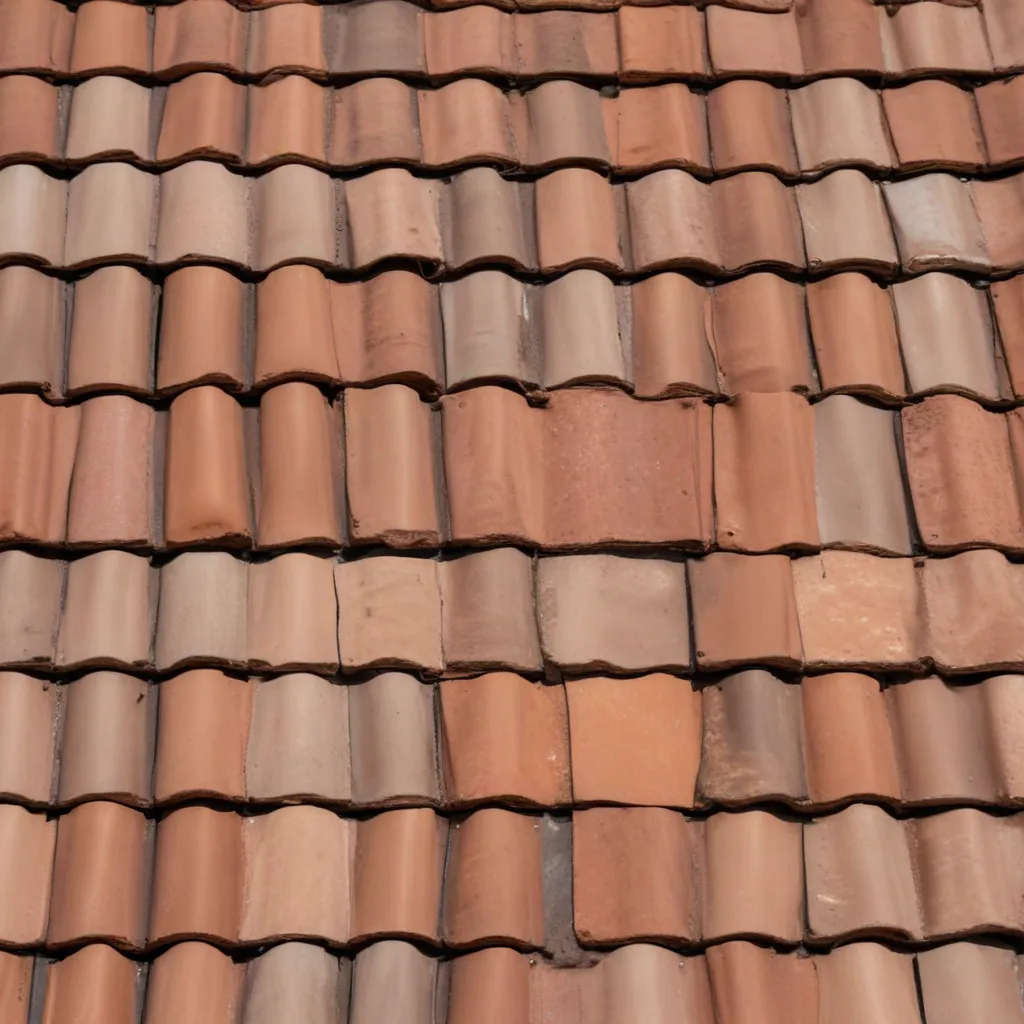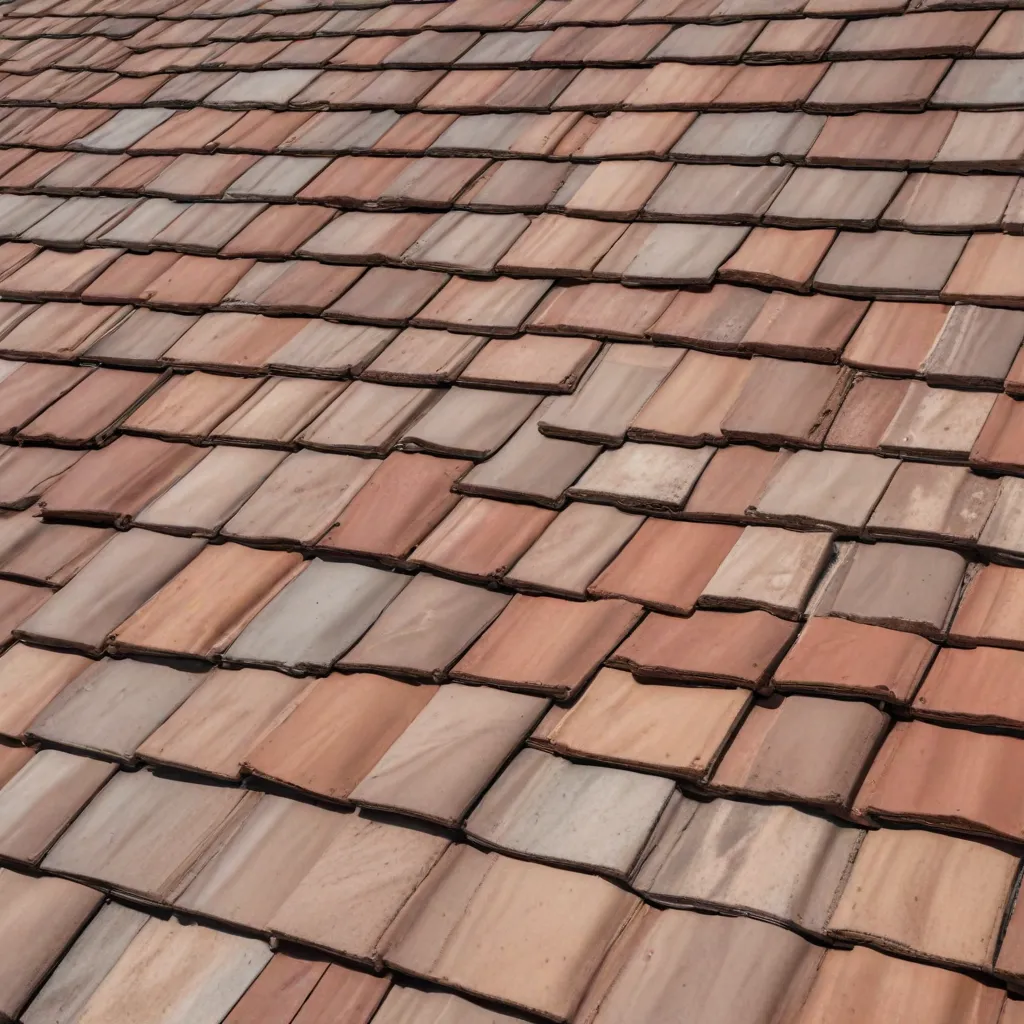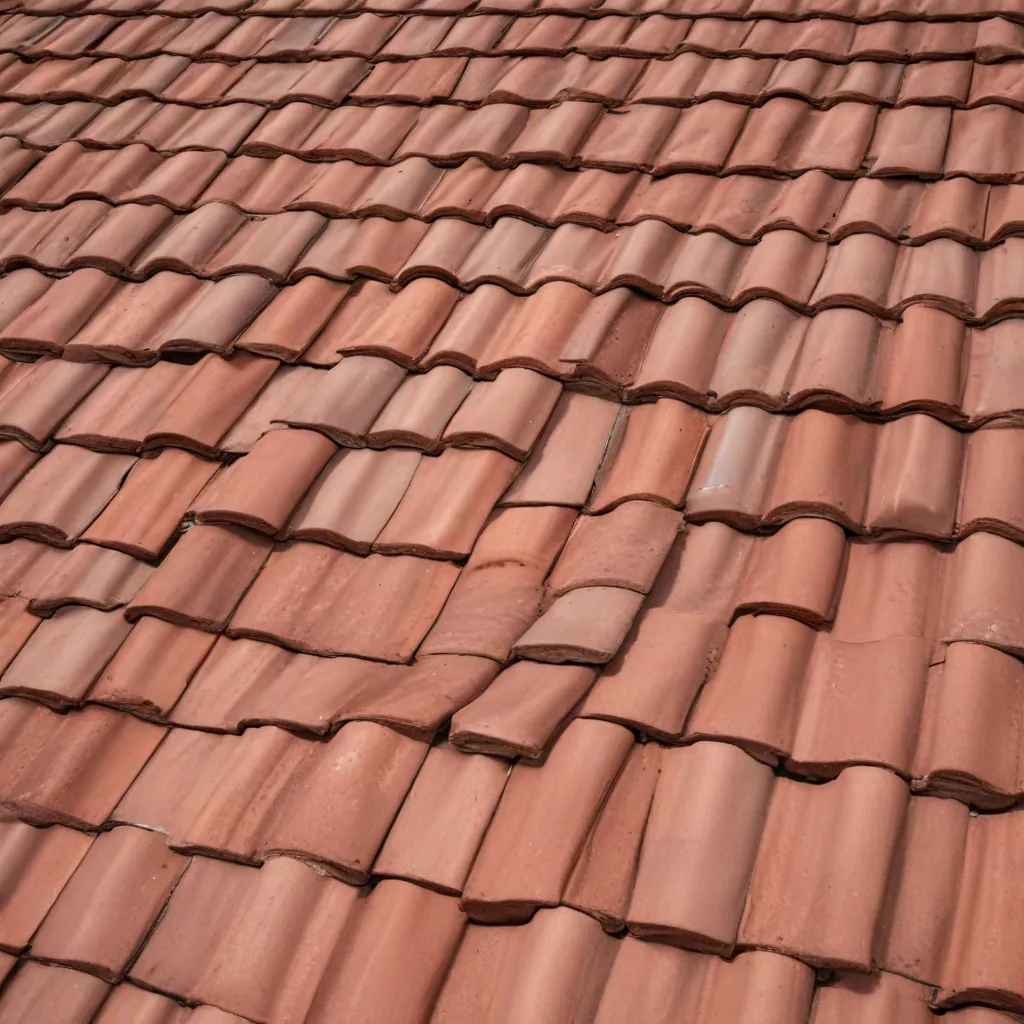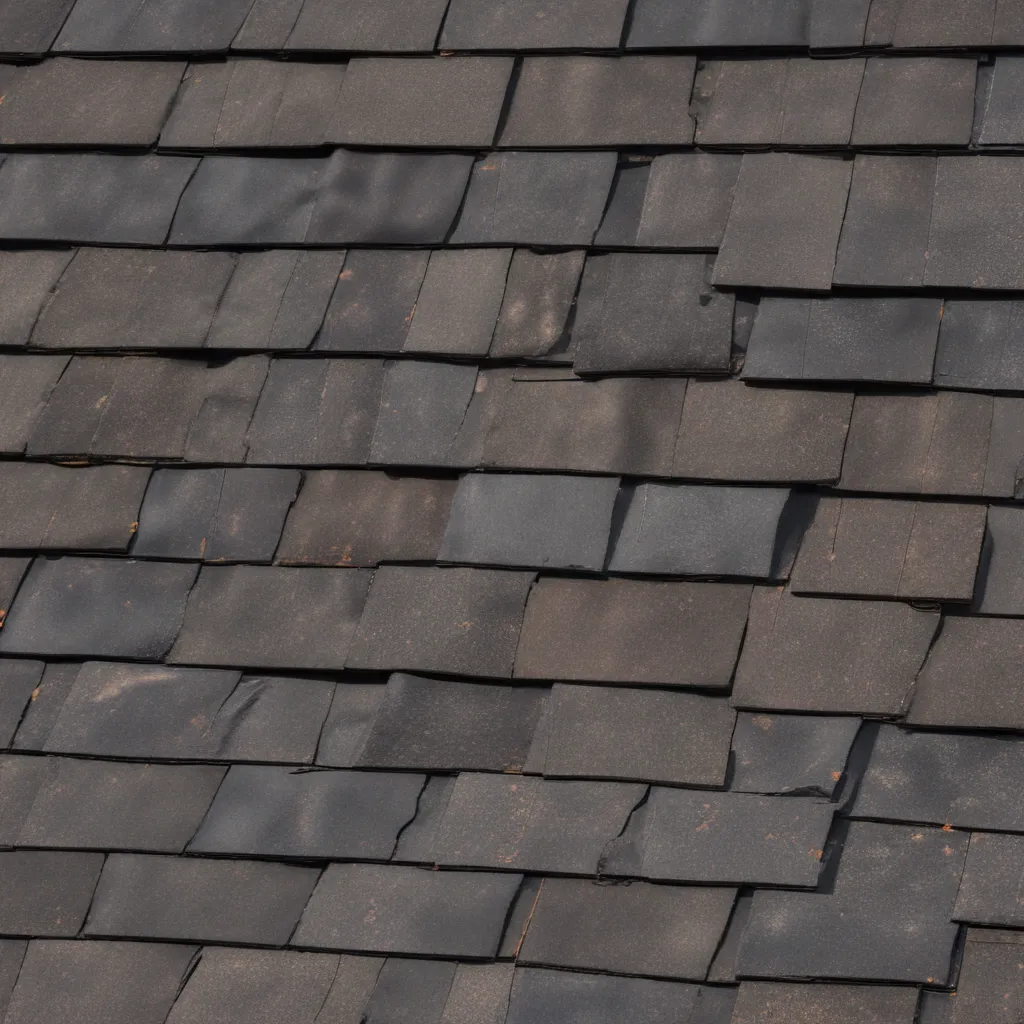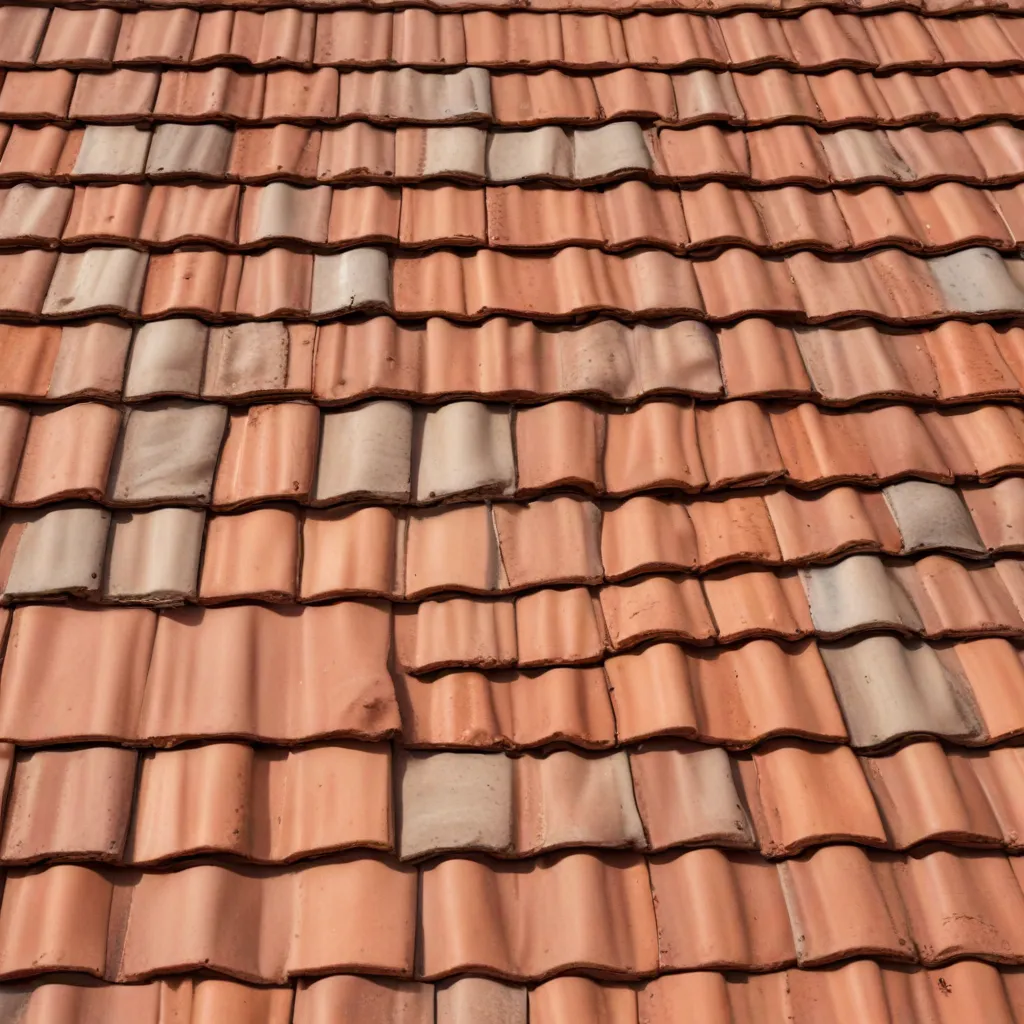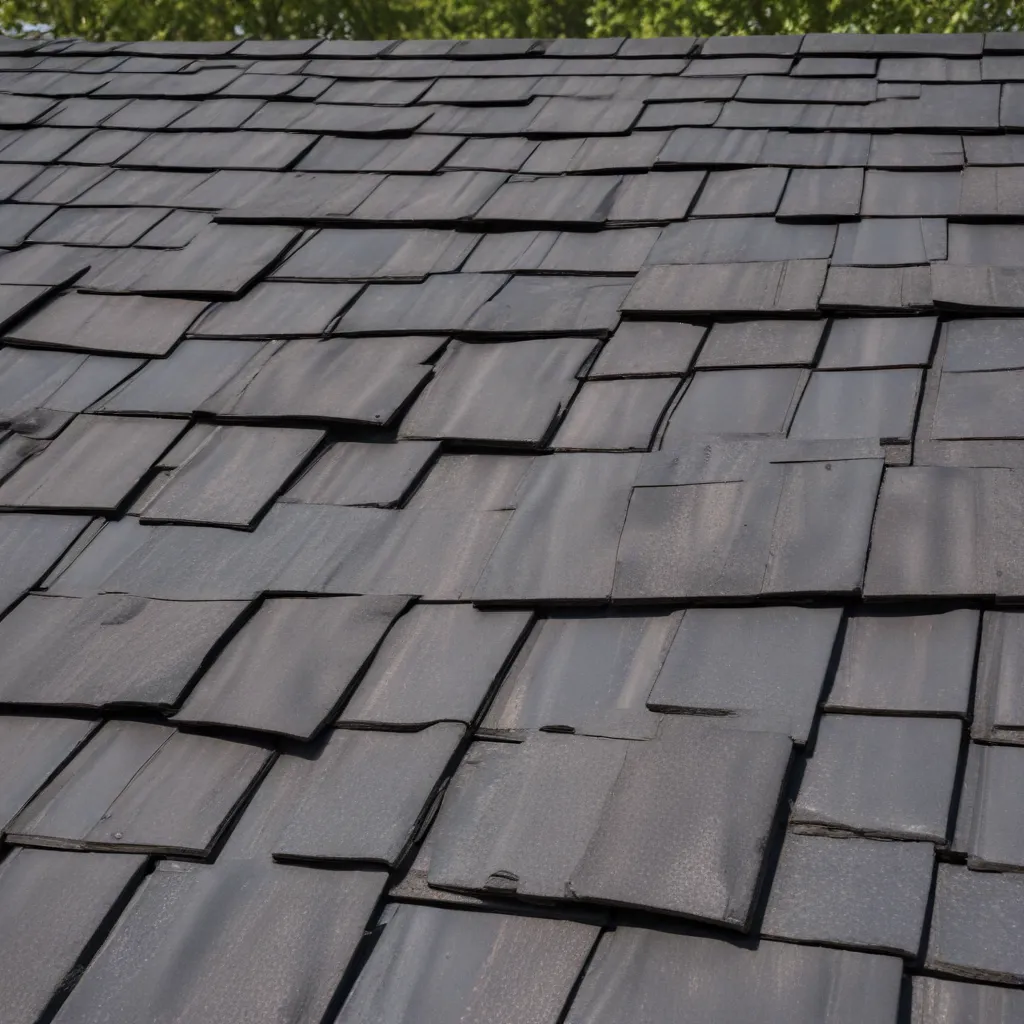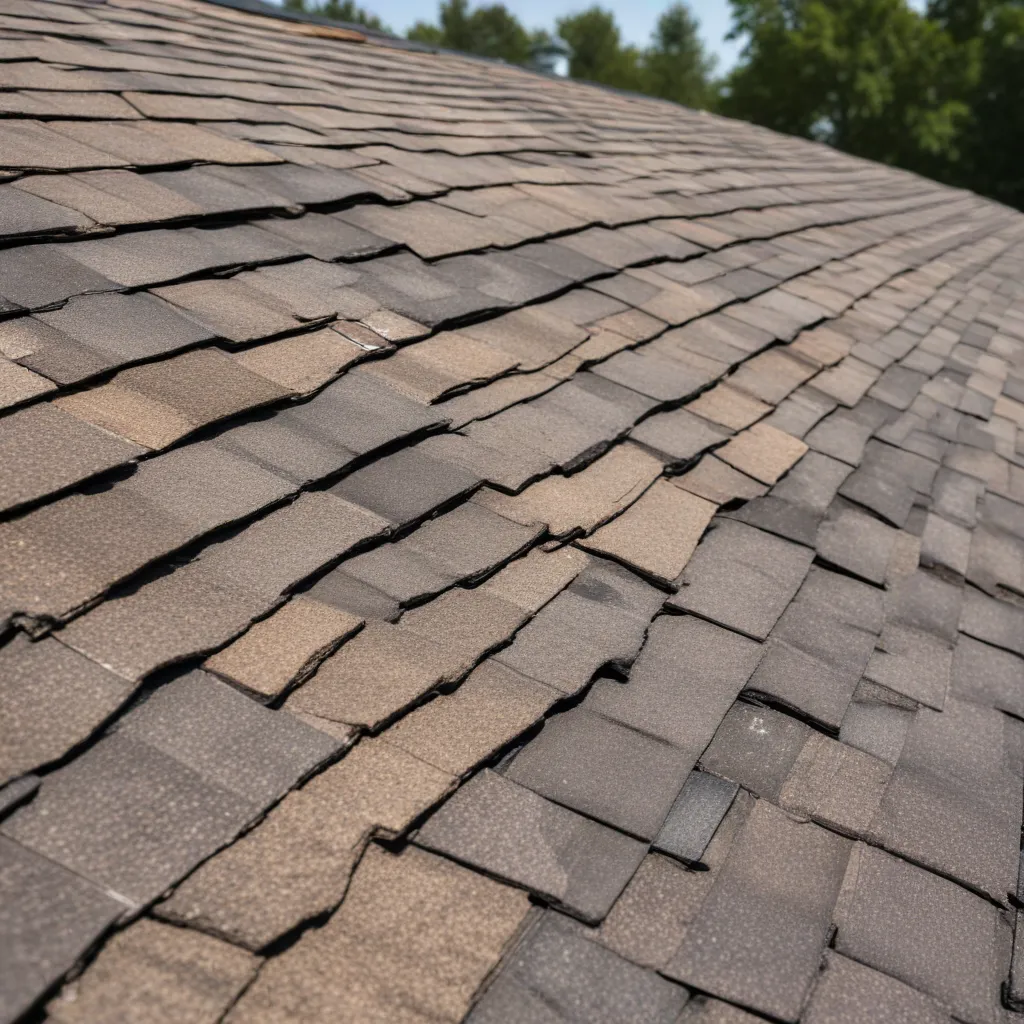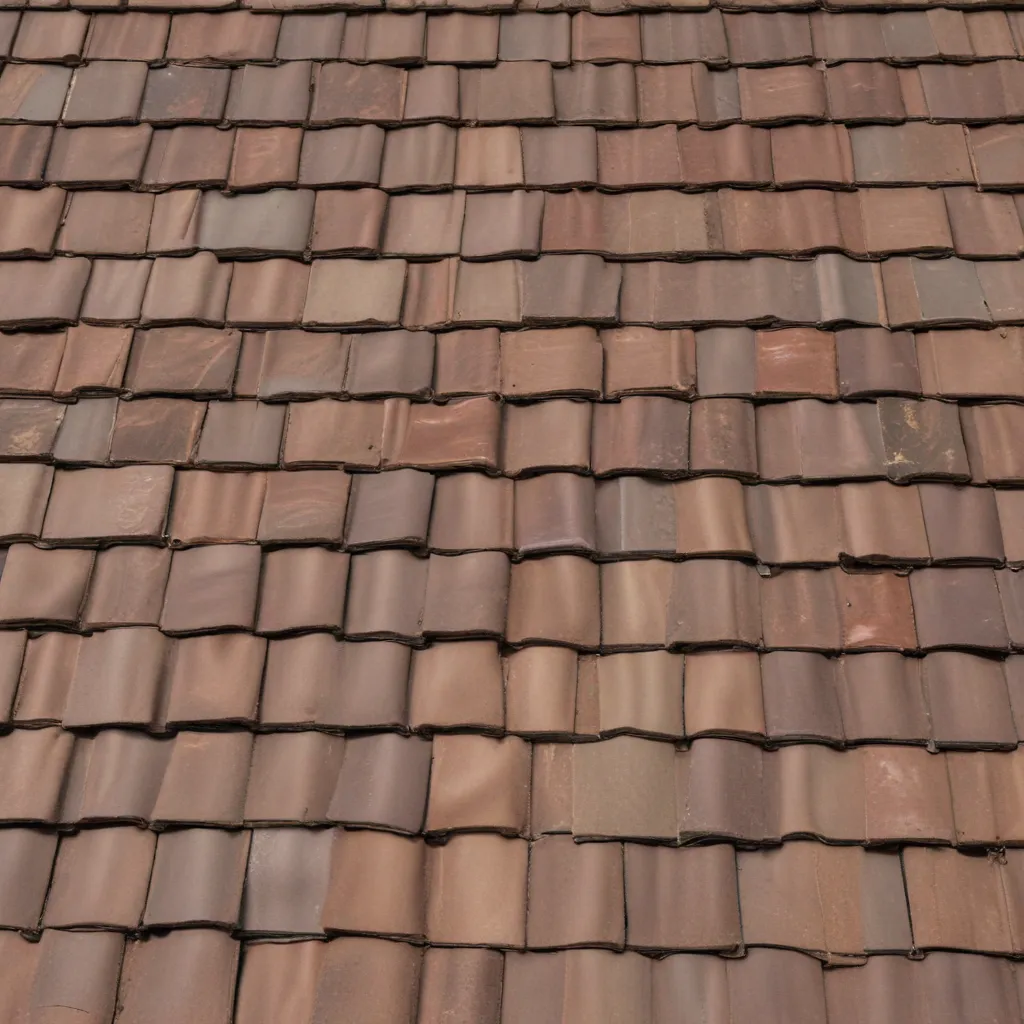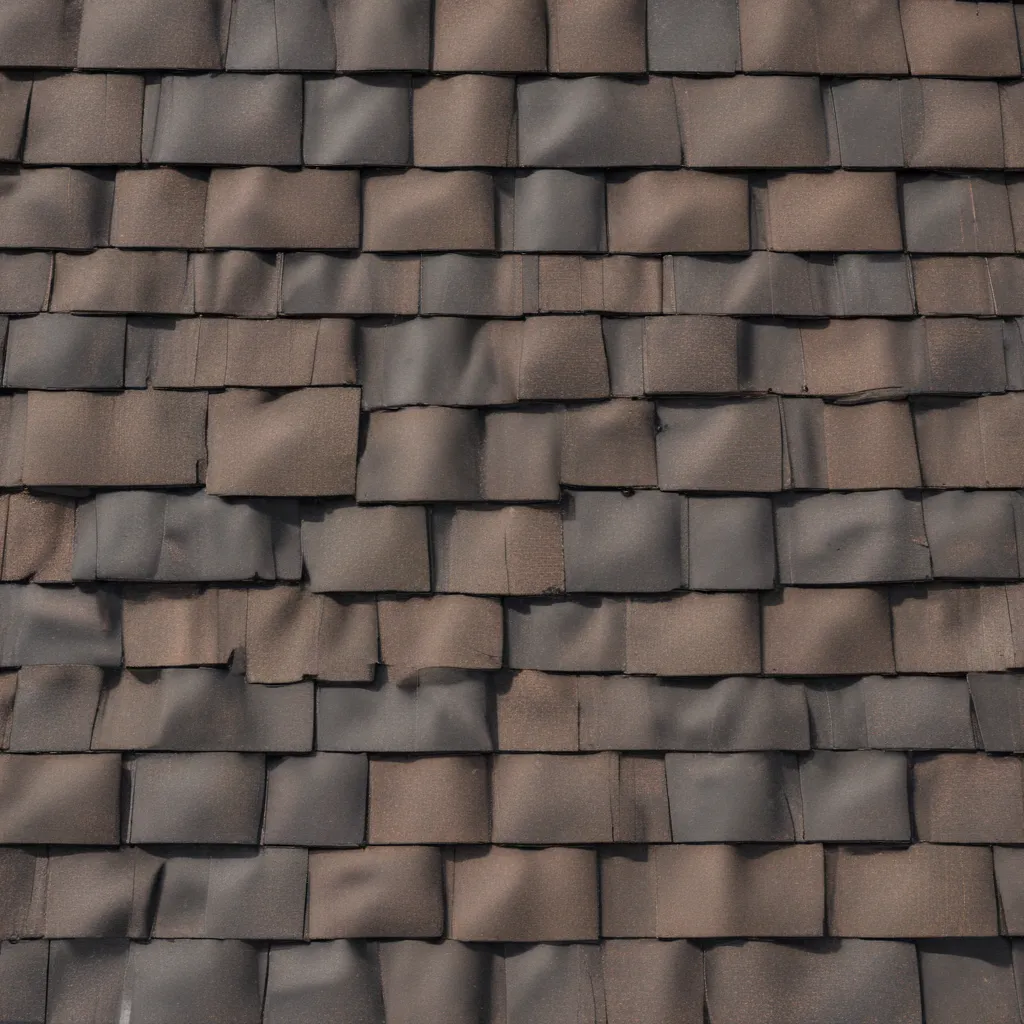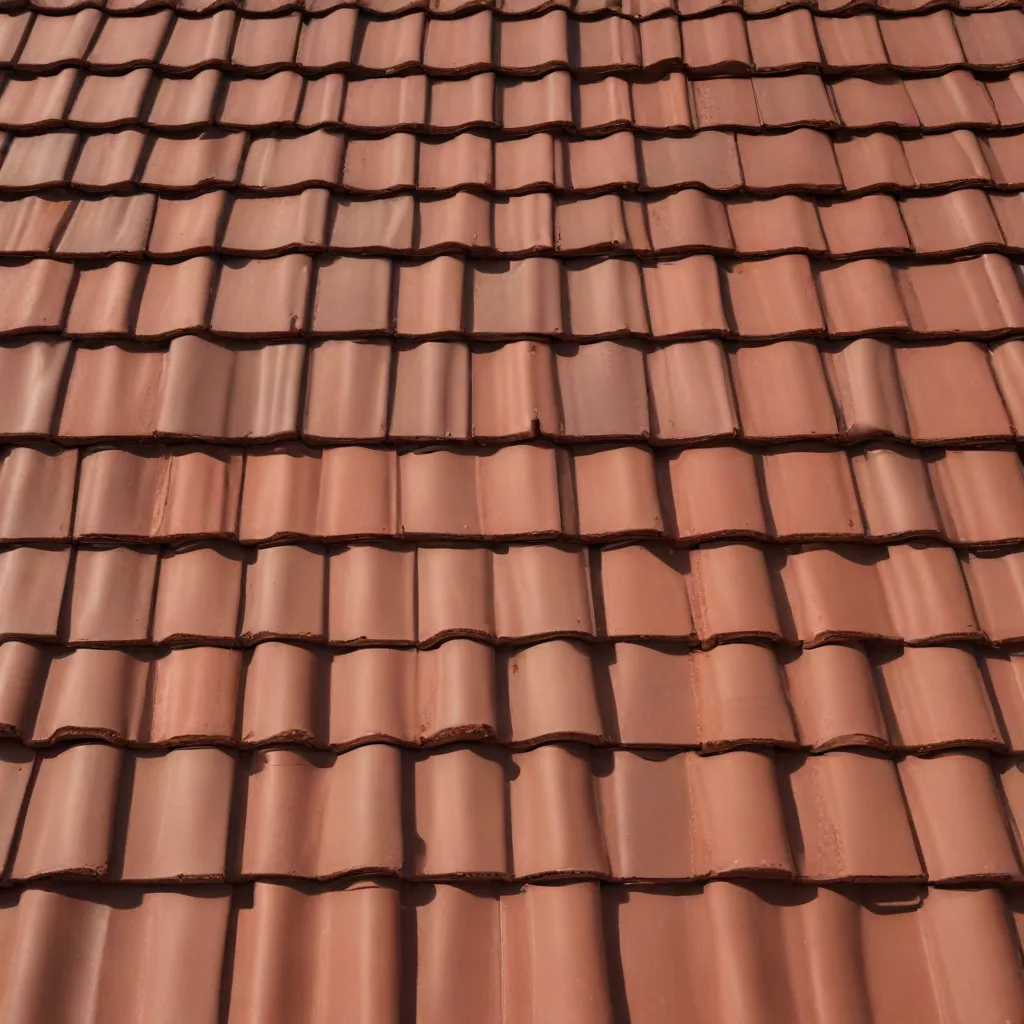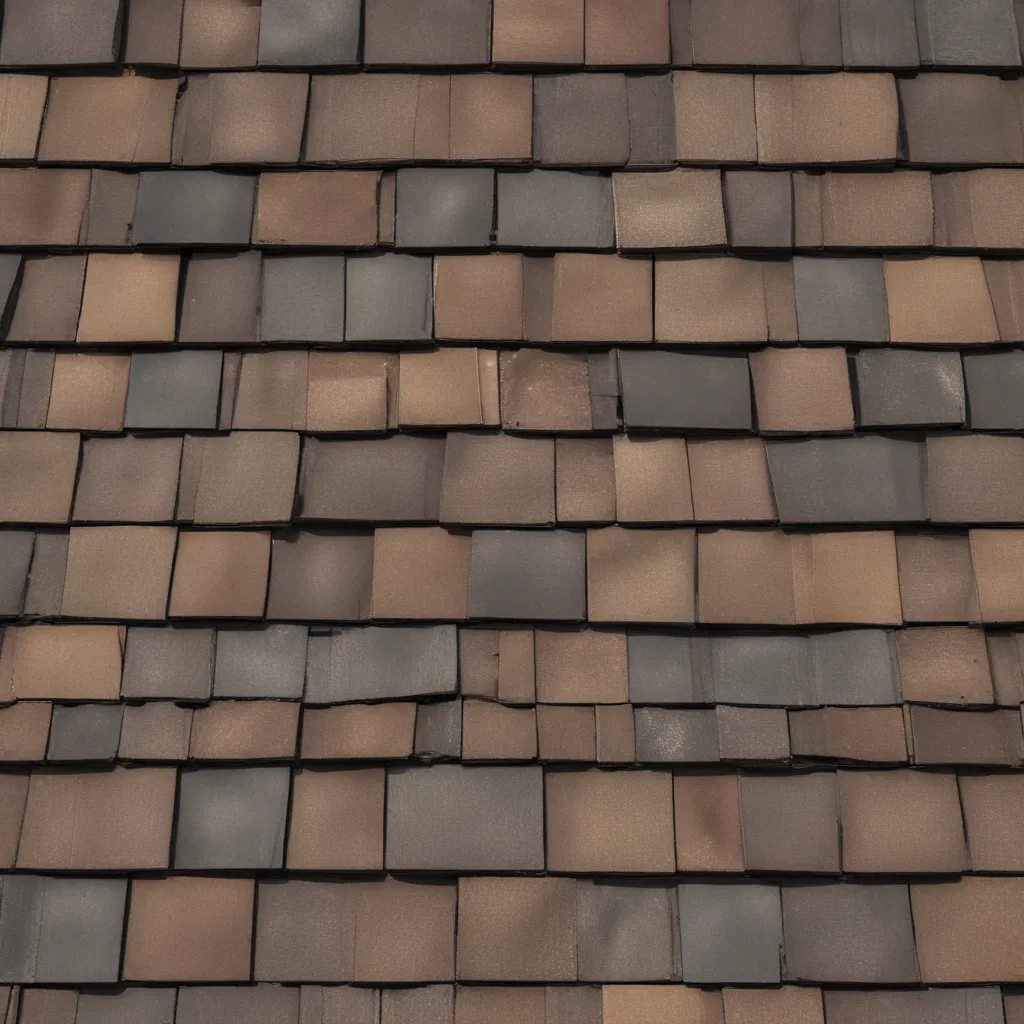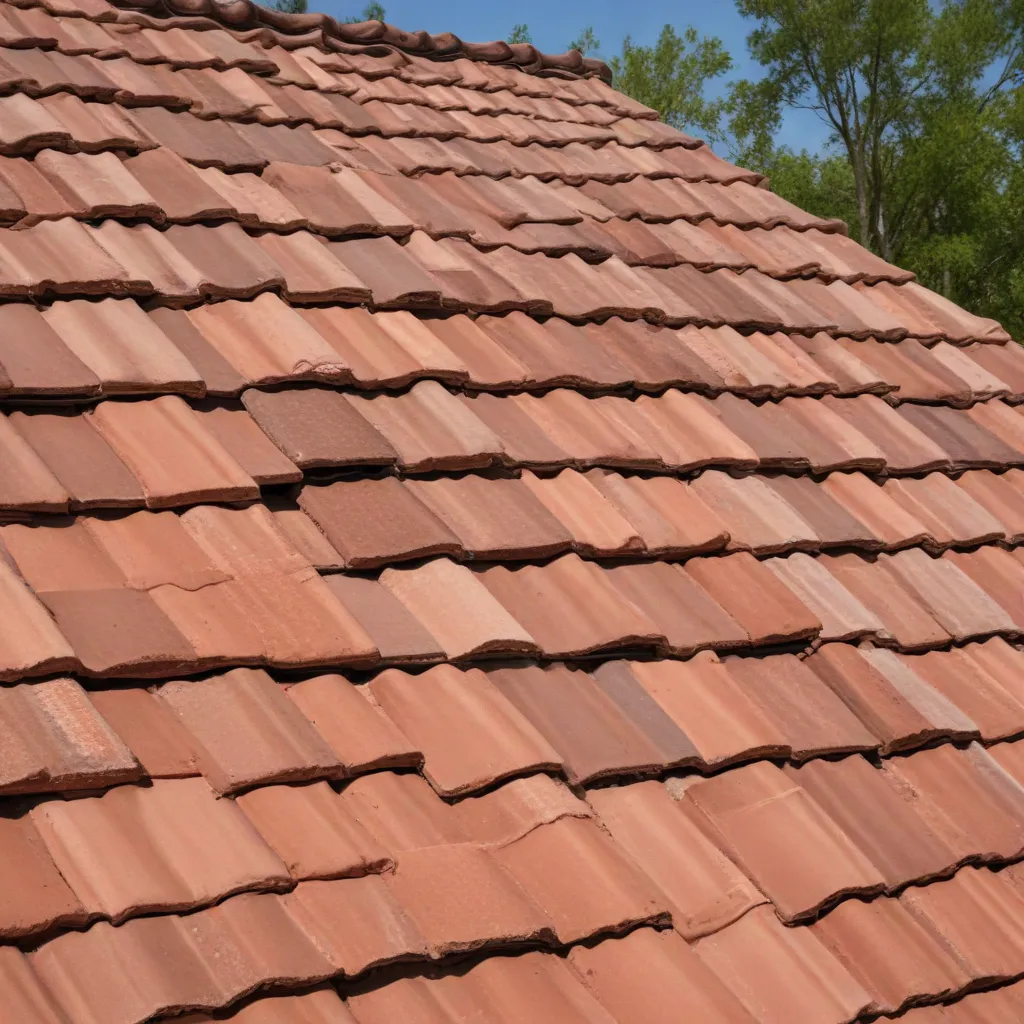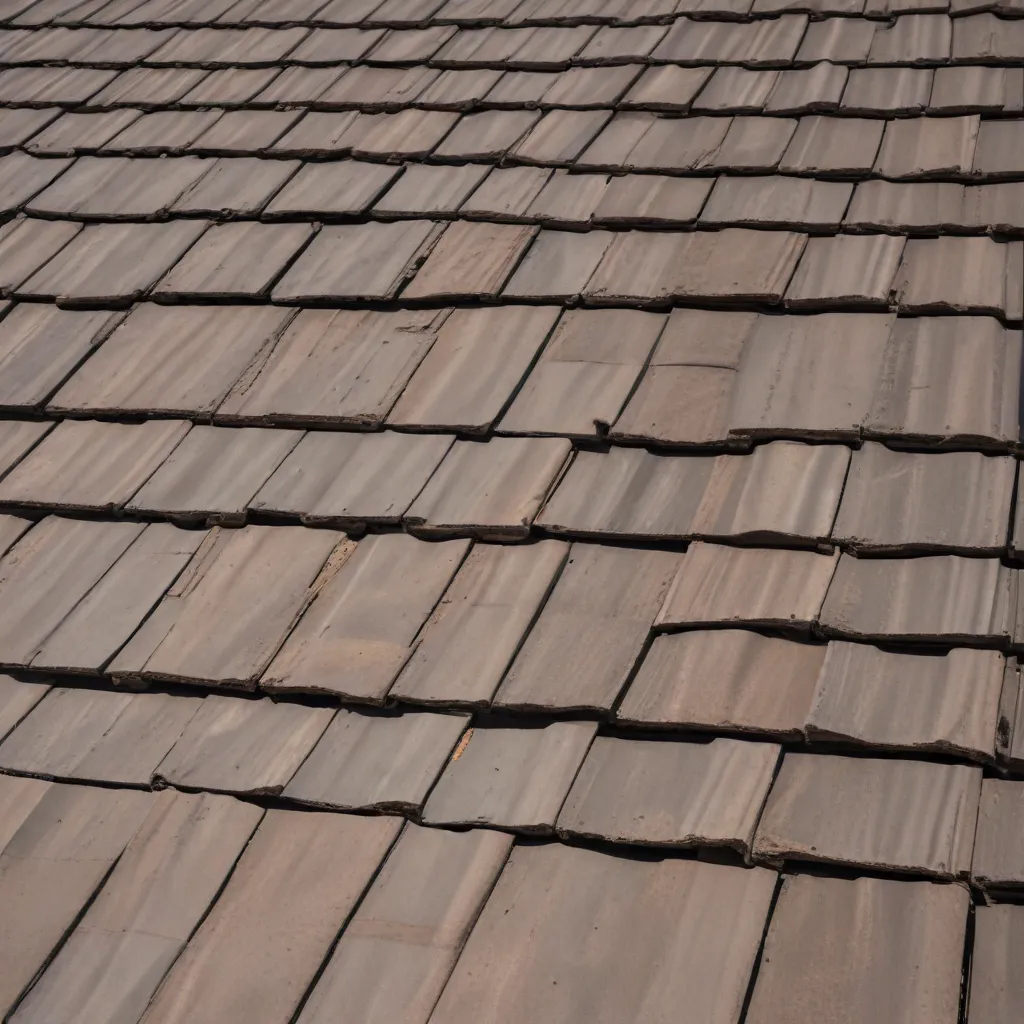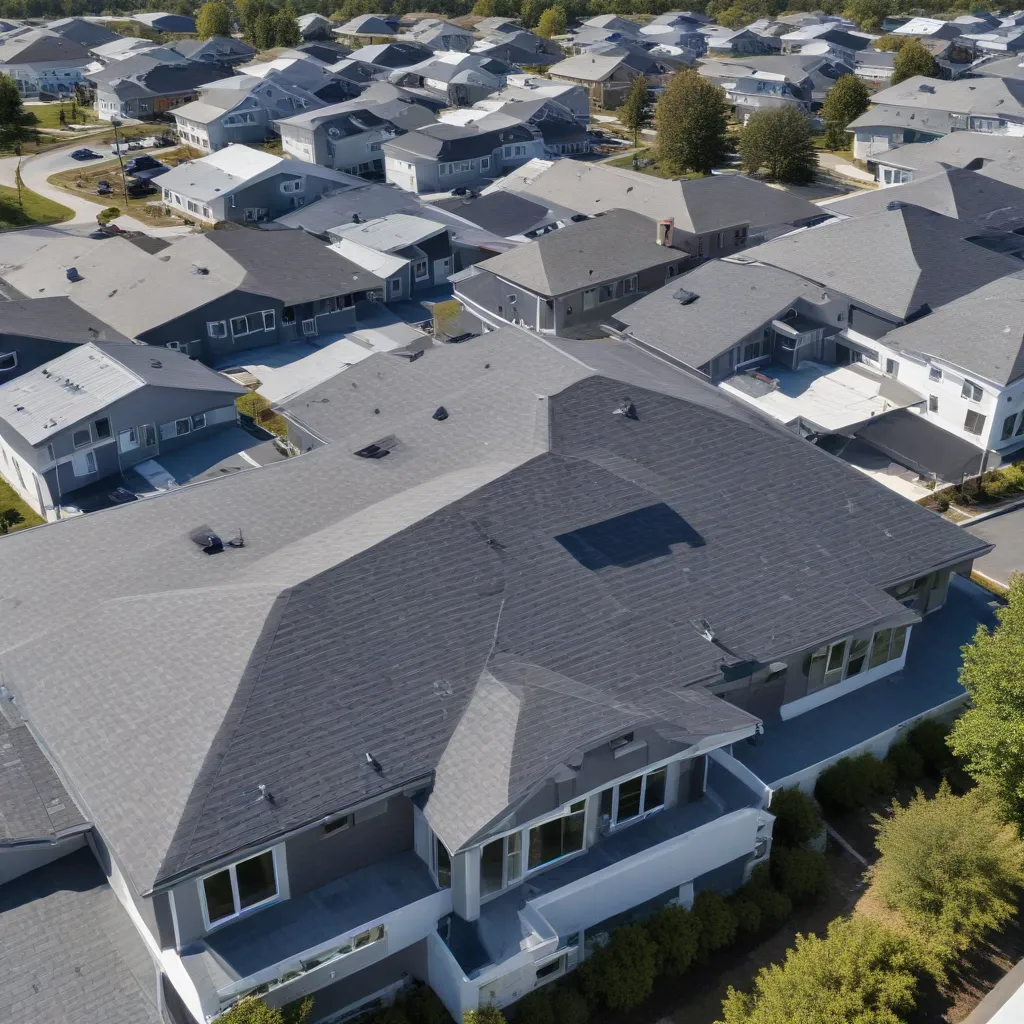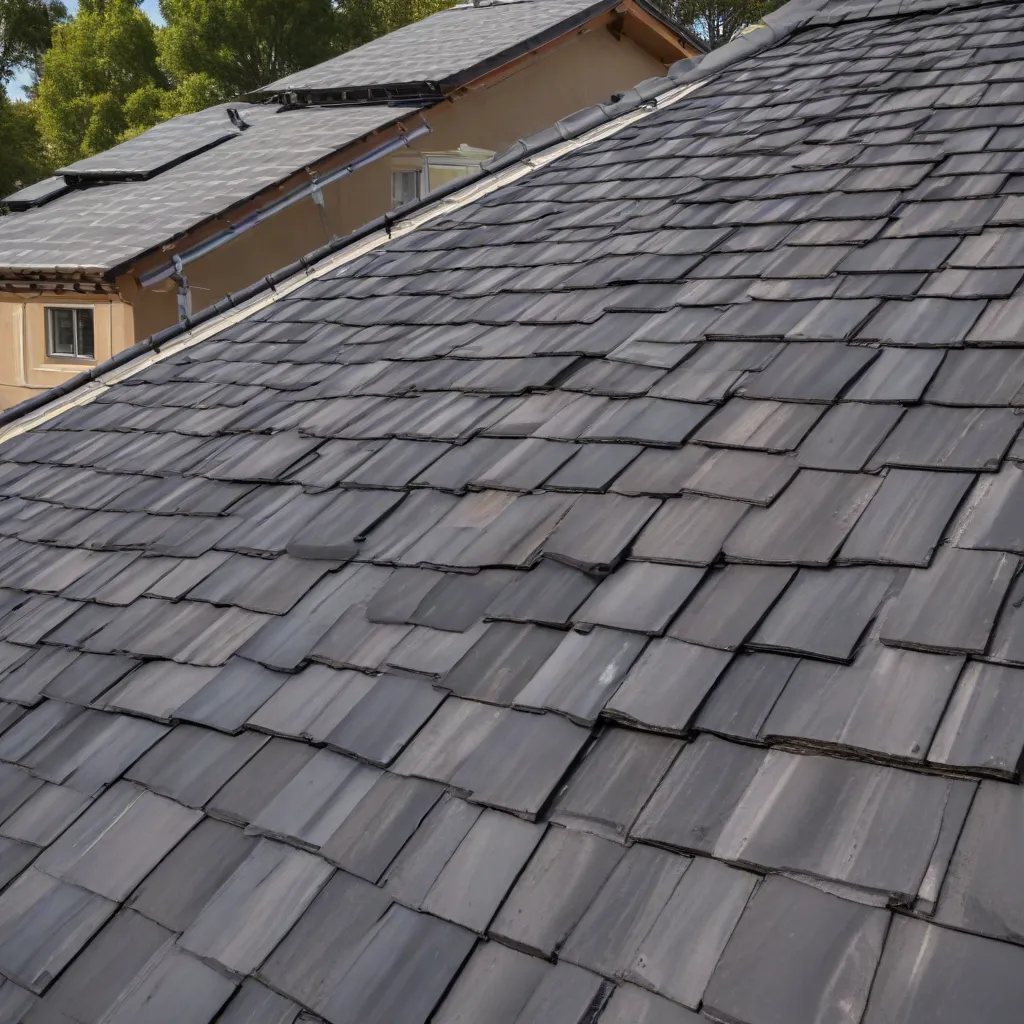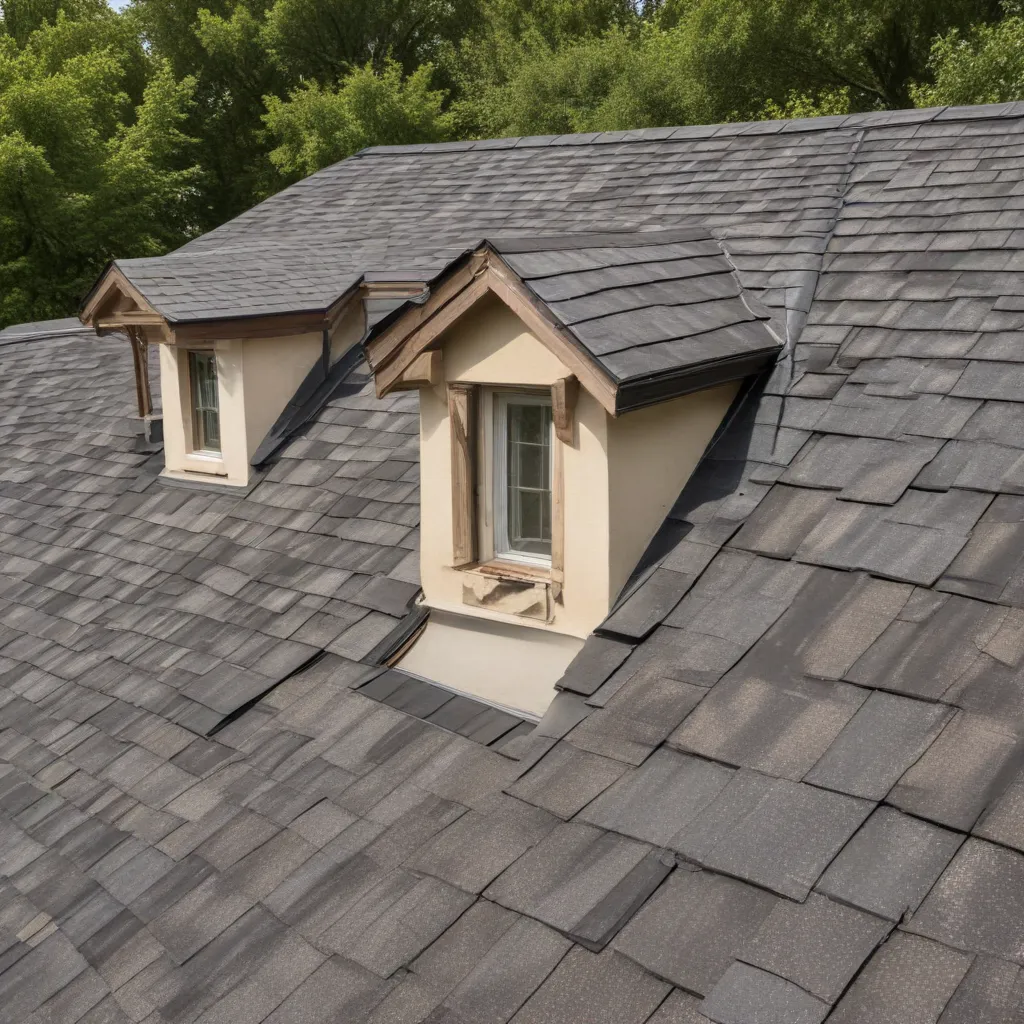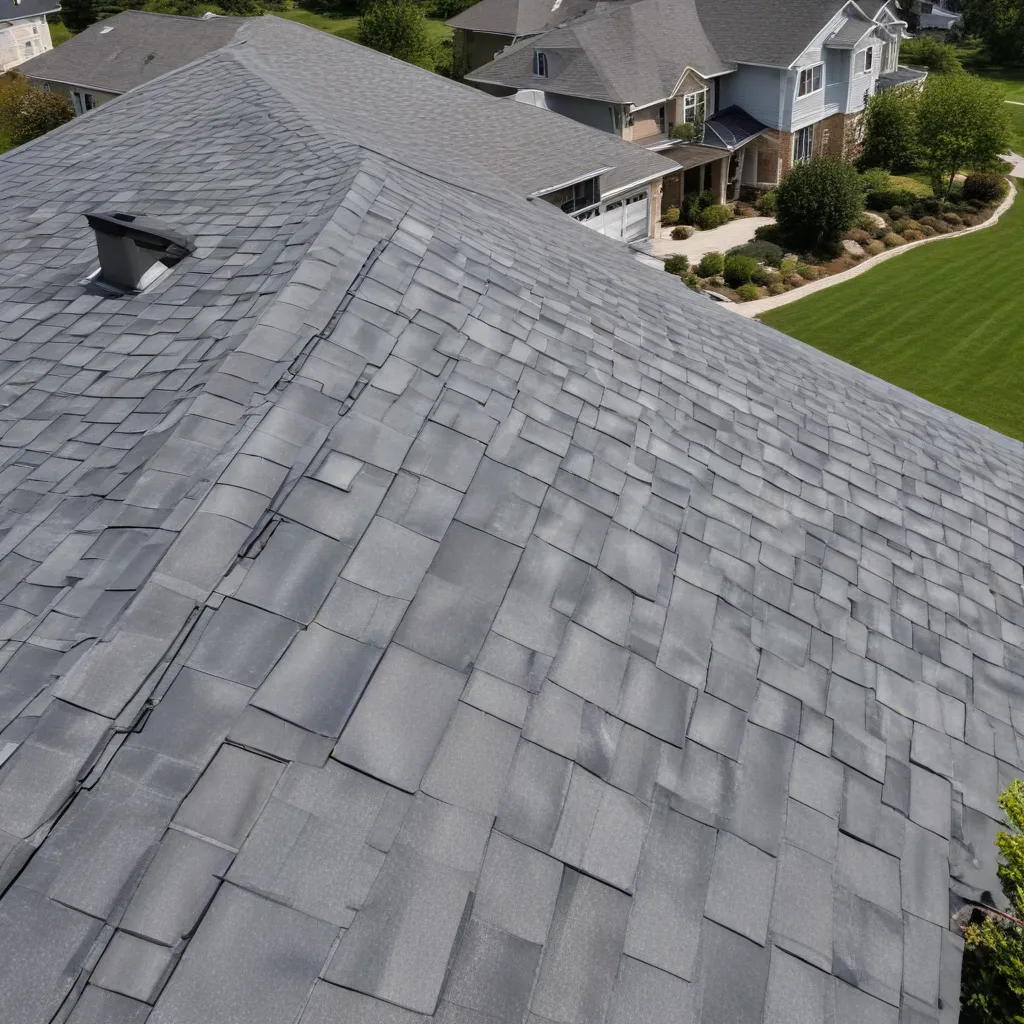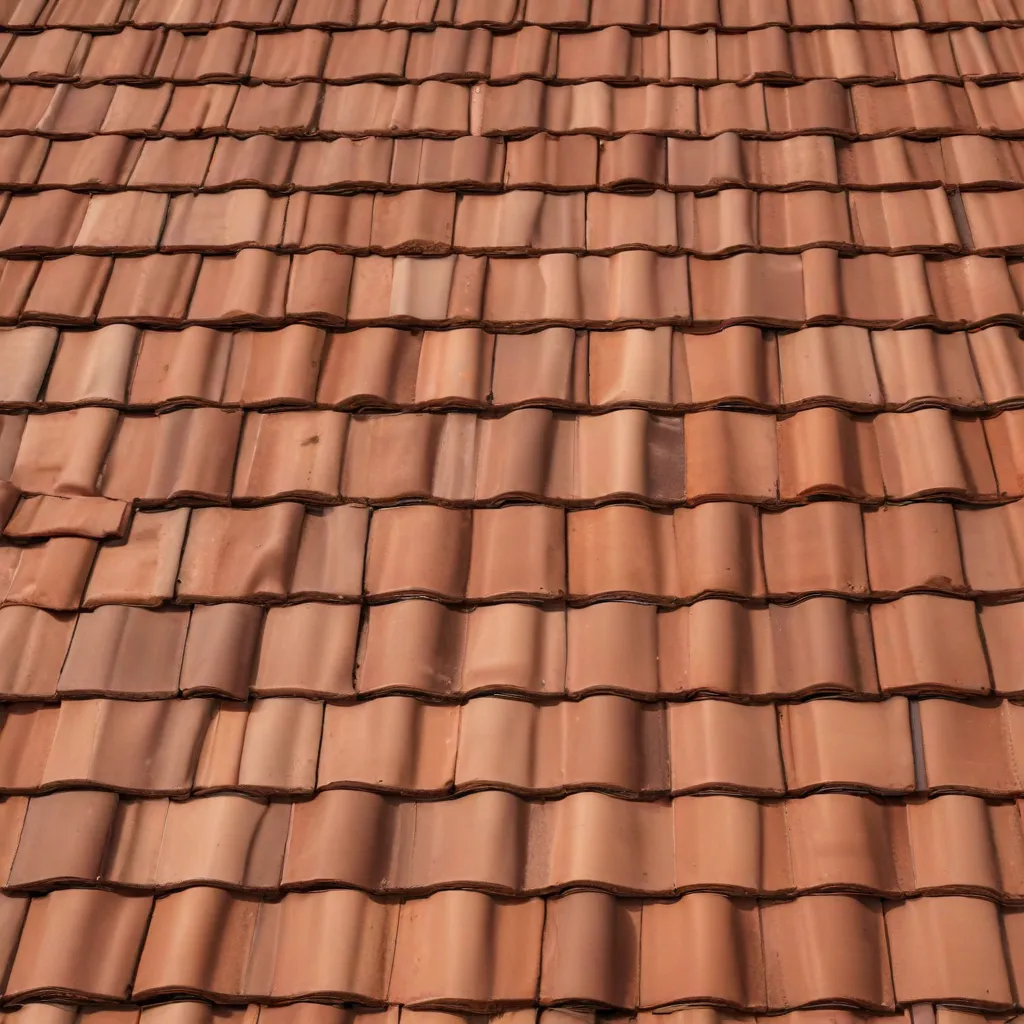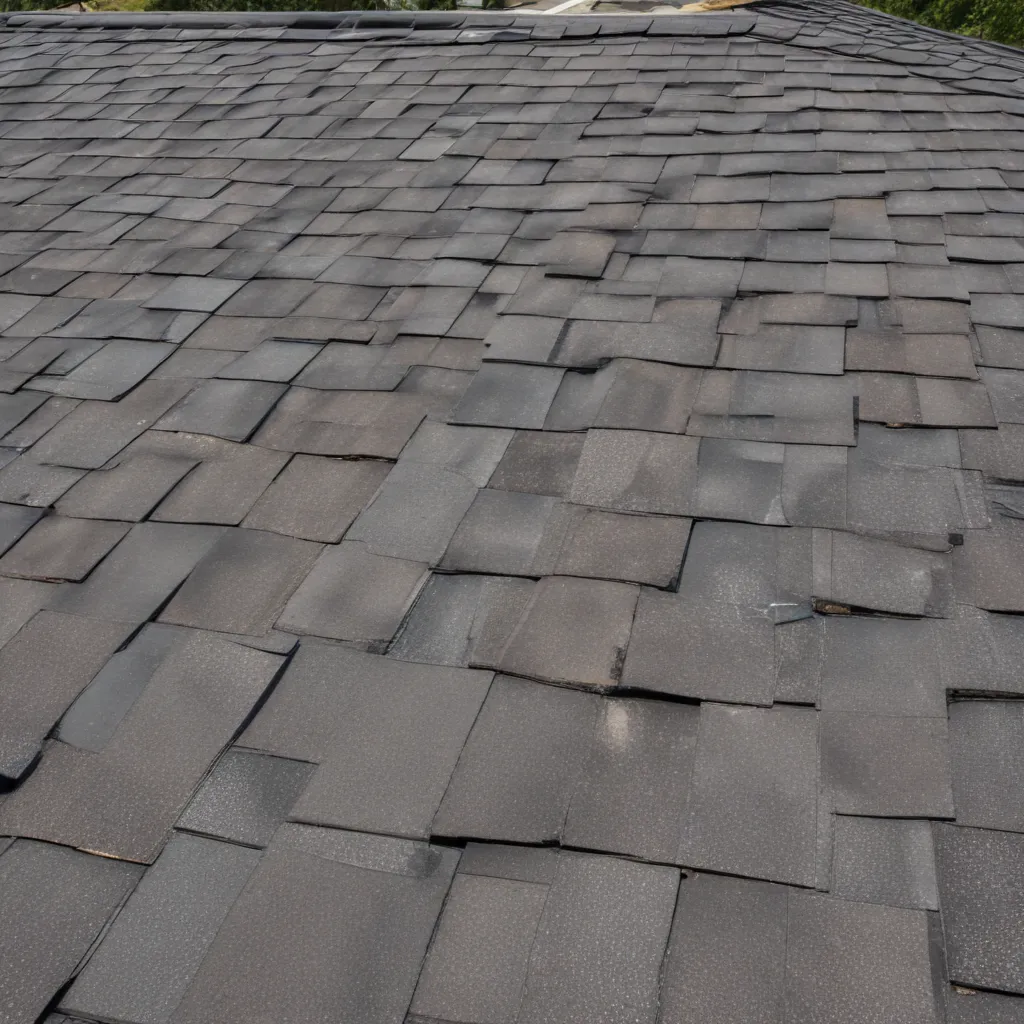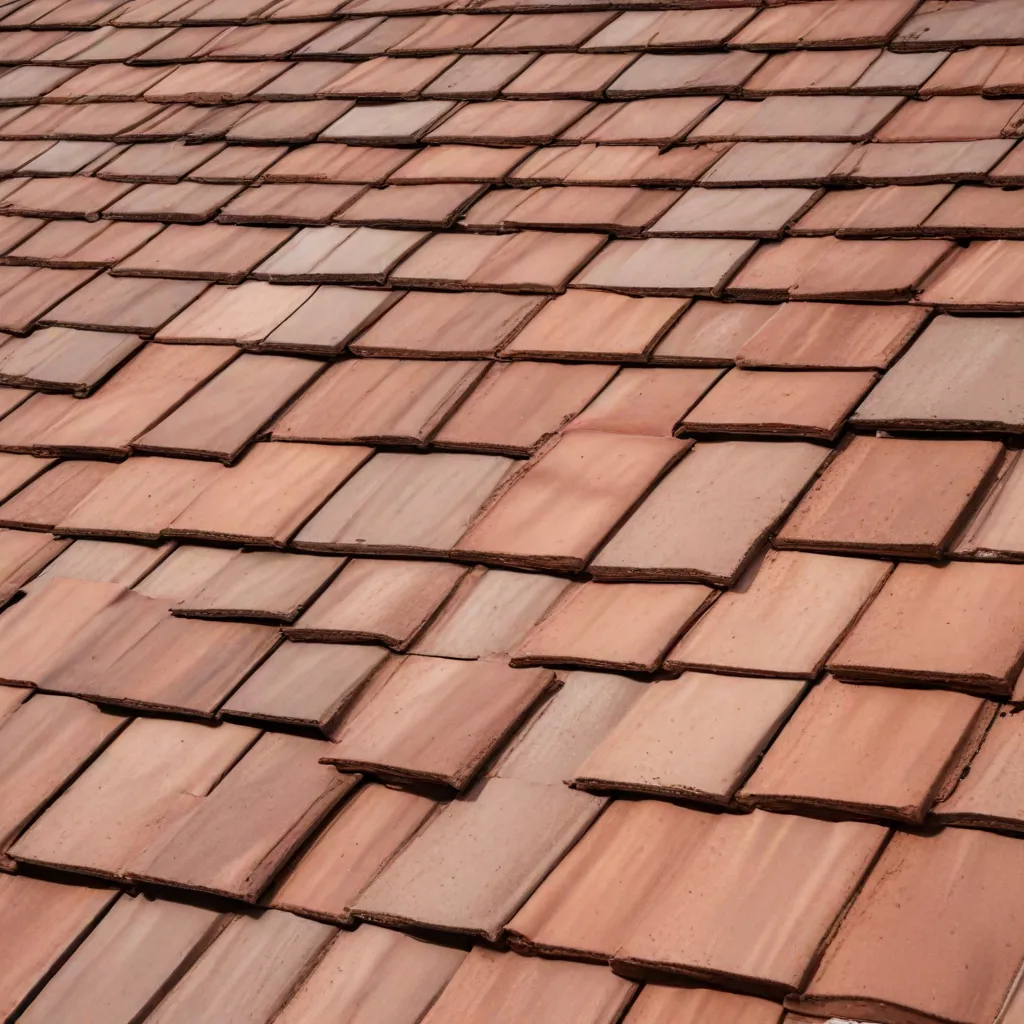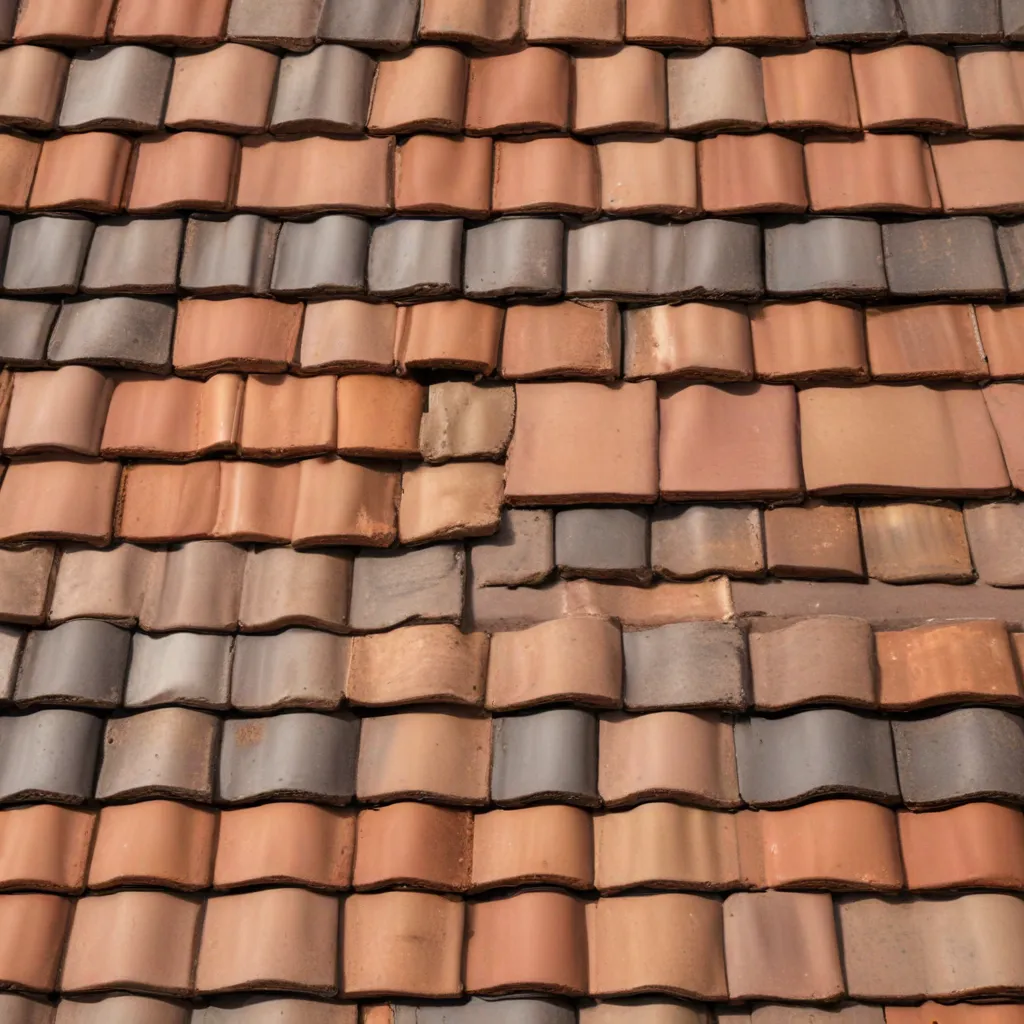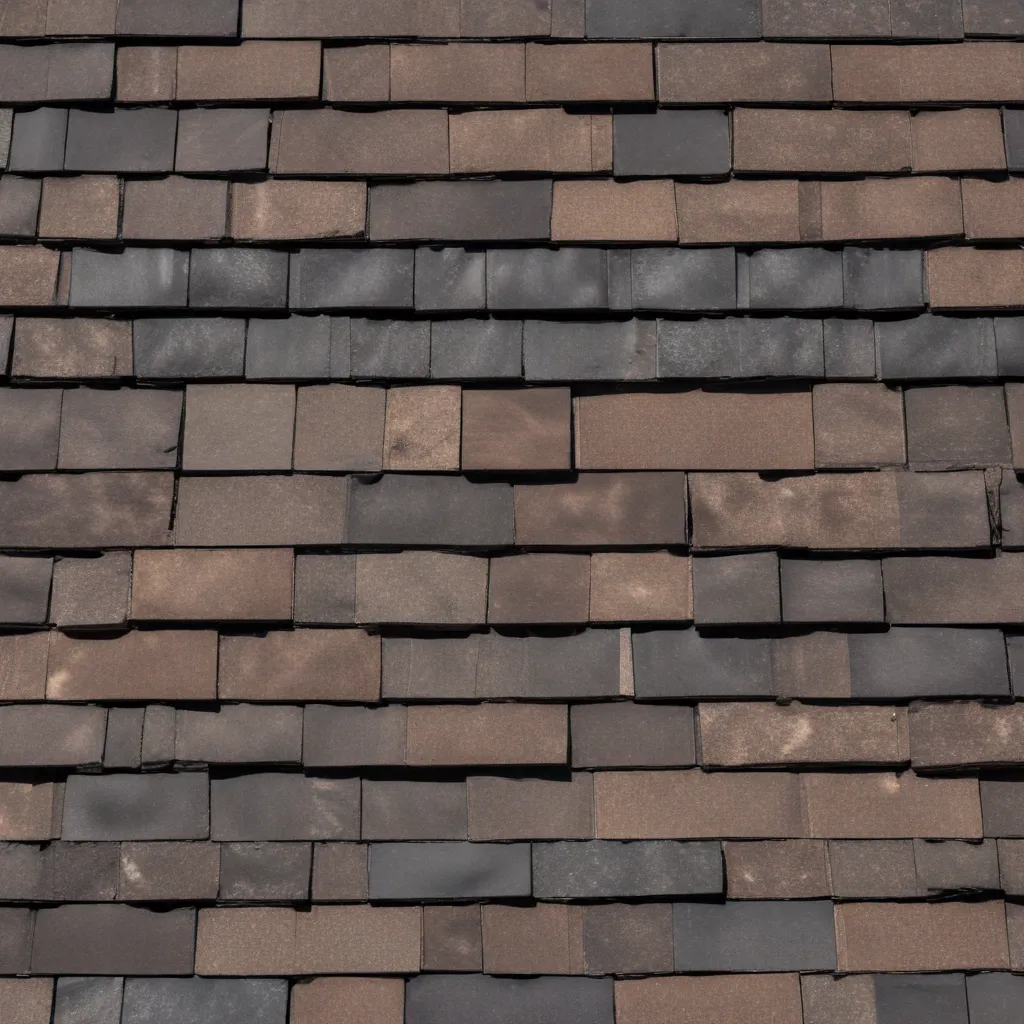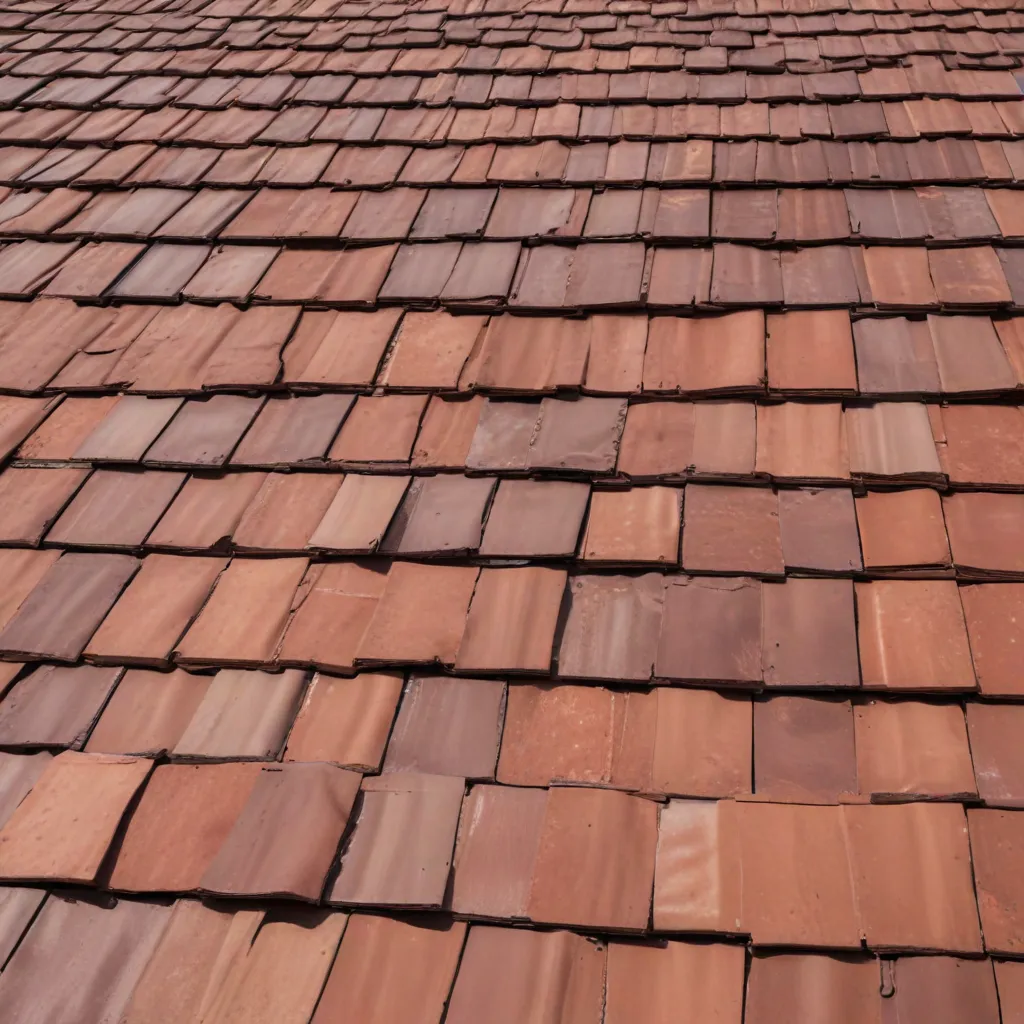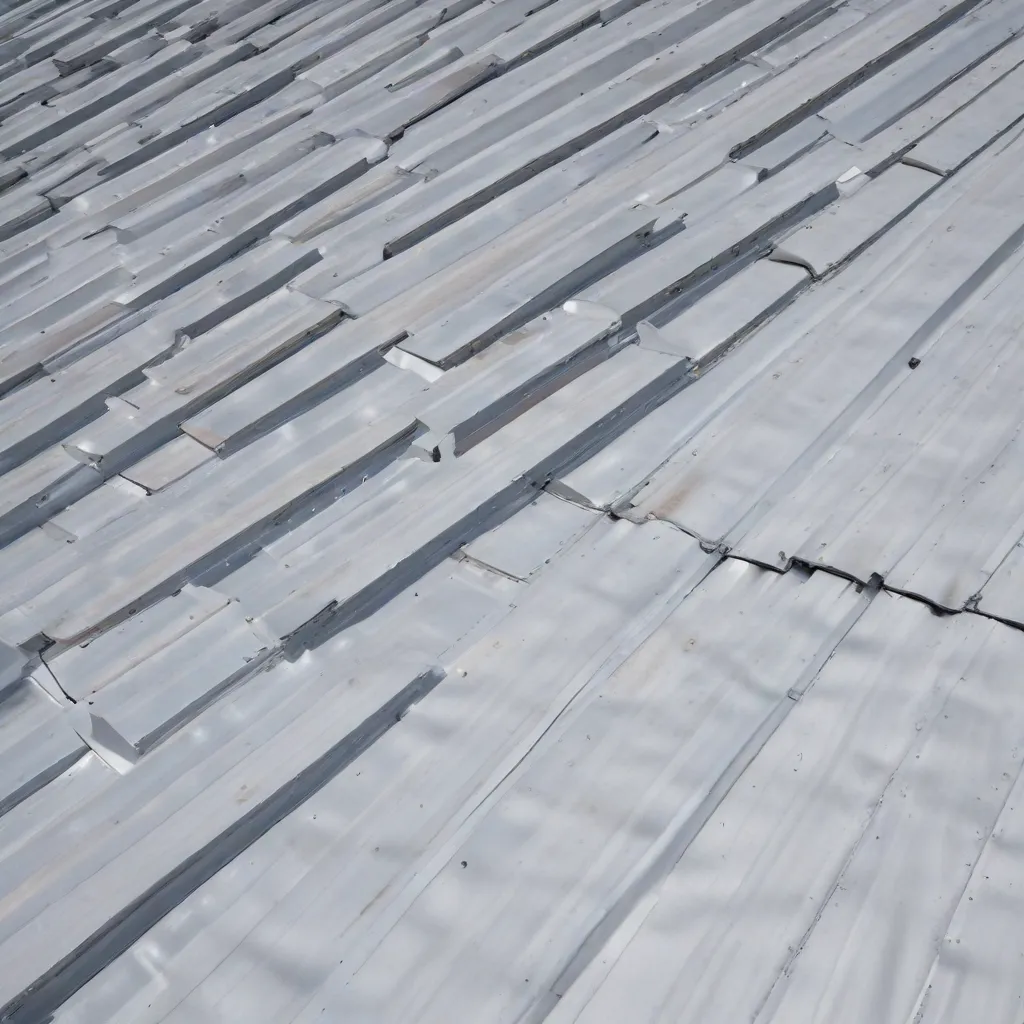
Metal Roof Retrofits: Improving Insulation, Ventilation, and Energy Efficiency for Buildings
As an experienced roofing specialist, I’ve witnessed the remarkable transformative power of metal roof retrofits. These comprehensive upgrades go far beyond simply replacing an old roof – they present an opportunity to significantly enhance a building’s insulation, ventilation, and overall energy efficiency. Whether you’re a homeowner seeking to optimize your property’s performance or a commercial building manager aiming to reduce operational costs, metal roof retrofits can deliver tangible, long-lasting benefits.
Insulation Enhancements
The foundation of an energy-efficient building lies in its insulation. A well-insulated roof not only helps regulate indoor temperatures but also mitigates the transfer of heat through the building envelope. When retrofitting a metal roof, you have the chance to dramatically improve the thermal performance of your structure.
Thermal Performance Improvement: By creating an open air cavity between the existing roof and the new metal panels, you can integrate high-R-value insulation materials such as fiberglass blankets or rigid foam boards. This insulation layer can boost the roof assembly’s overall thermal resistance, reducing heat transfer and minimizing the workload on your HVAC system.
Vapor Barrier Integration: Proper vapor control is crucial to prevent moisture-related issues like condensation and mold growth. Metal roof retrofits allow for the installation of robust vapor barriers, which can be strategically placed between the existing roof and the new insulation to maintain a healthy, dry environment.
Insulation Material Selection: The choice of insulation material can have a significant impact on your building’s performance. Factors like thermal conductivity, R-value, and moisture resistance should be carefully evaluated to determine the most suitable option for your climate and building needs. Consulting with a roofing specialist can help you make an informed decision.
Ventilation Upgrades
Effective roof ventilation is a critical component of any high-performing building. Metal roof retrofits provide an opportunity to enhance your building’s airflow management, improving comfort and reducing energy consumption.
Roof Cavity Airflow Management: The air cavity created between the old and new roof can be leveraged to establish a dynamic, convective ventilation system. This can reduce heat transfer through the roof assembly by up to 45%, making a noticeable difference in your building’s cooling and heating loads.
Passive Ventilation Systems: Strategically placed ridge vents, soffit vents, and gable vents can work in harmony to create a natural, passive ventilation system. This can effectively manage attic temperatures, expel heat and moisture, and maintain a comfortable indoor environment.
Mechanical Ventilation Integration: For more advanced ventilation needs, metal roof retrofits can accommodate the integration of mechanical systems, such as powered attic fans or heat recovery ventilators. These active solutions can further optimize airflow and energy efficiency, especially in larger or more complex buildings.
Energy Efficiency Strategies
By addressing insulation and ventilation, metal roof retrofits set the stage for comprehensive energy efficiency upgrades. These enhancements can result in significant operational cost savings and reduced environmental impact.
Building Envelope Optimization: Improving the insulation and air sealing of the roof assembly is a crucial first step in optimizing the building envelope. This lays the groundwork for reducing heating and cooling loads, which in turn allows for the selection of smaller, more efficient HVAC systems.
HVAC System Compatibility: When upgrading the roof, it’s an opportune time to evaluate the compatibility and efficiency of your building’s HVAC equipment. Pairing the improved envelope with high-performance, properly sized HVAC systems can yield substantial energy savings.
Renewable Energy Integration: Metal roof retrofits are an ideal platform for incorporating renewable energy solutions, such as photovoltaic (PV) panels. The long lifespan of metal roofing and the created air cavity make it a perfect match for integrating solar power without the need for roof penetrations, ensuring a streamlined and durable installation.
Retrofit Considerations
While the benefits of metal roof retrofits are numerous, it’s crucial to approach these projects with careful planning and execution. Addressing key considerations upfront can help ensure a successful, cost-effective, and long-lasting transformation.
Project Planning
Structural Assessment: Before embarking on a metal roof retrofit, it’s essential to evaluate the structural integrity of the existing roof. A thorough inspection by a qualified roofing specialist or structural engineer can identify any issues that need to be addressed, such as load-bearing capacity or structural reinforcement requirements.
Permitting Requirements: Depending on your local building codes and regulations, a metal roof retrofit may require specific permits and approvals. Familiarize yourself with the necessary paperwork and be prepared to work with local authorities to ensure your project meets all the necessary legal and safety standards.
Budget Optimization: Metal roof retrofits can represent a significant investment, but the long-term energy savings and improved building performance can make them a wise choice. By carefully evaluating the costs of materials, labor, and potential rebates or incentives, you can optimize your budget and maximize the return on your investment.
Installation Processes
Roof Preparation: Before installing the new metal roof, the existing roofing system must be properly prepared. This may involve removing old shingles or tiles, addressing any structural defects, and ensuring a clean, level surface for the new roof.
Retrofit Implementation: The actual installation of the metal roof retrofit follows a specific process, often involving the use of Roof Huggers or similar specialized sub-framing systems. These systems create the essential air cavity and provide a secure attachment point for the new metal panels.
Quality Assurance: Throughout the installation process, it’s crucial to maintain a high standard of workmanship. Proper flashing, sealant application, and fastener placement are all essential to ensure the long-term integrity and performance of the metal roof retrofit.
Long-term Performance
Maintenance Protocols: Metal roofs are renowned for their durability, but regular maintenance is still essential to preserve their longevity and optimal performance. Establishing a proactive maintenance plan, including inspections, cleaning, and repairs, can help extend the lifespan of your metal roof retrofit.
Energy Monitoring: To fully realize the energy efficiency benefits of your metal roof retrofit, it’s recommended to implement a comprehensive energy monitoring system. This can involve utility bill tracking, smart metering, or energy audits, allowing you to measure the tangible impact of your upgrades and make informed decisions about future improvements.
Occupant Comfort Evaluation: The ultimate goal of a metal roof retrofit is to create a comfortable, energy-efficient living or working environment. Regularly assessing occupant feedback and monitoring indoor temperature, humidity, and air quality can help validate the success of your project and identify any areas for further optimization.
By addressing the key aspects of insulation, ventilation, and energy efficiency, metal roof retrofits offer a transformative solution for buildings of all types and sizes. With careful planning, expert installation, and a focus on long-term performance, these comprehensive upgrades can unlock a new era of comfort, cost savings, and environmental sustainability for your property. To learn more about metal roof retrofit solutions, I encourage you to visit Genuine Roof Systems and explore their extensive selection of high-quality, energy-efficient roofing products and services.

